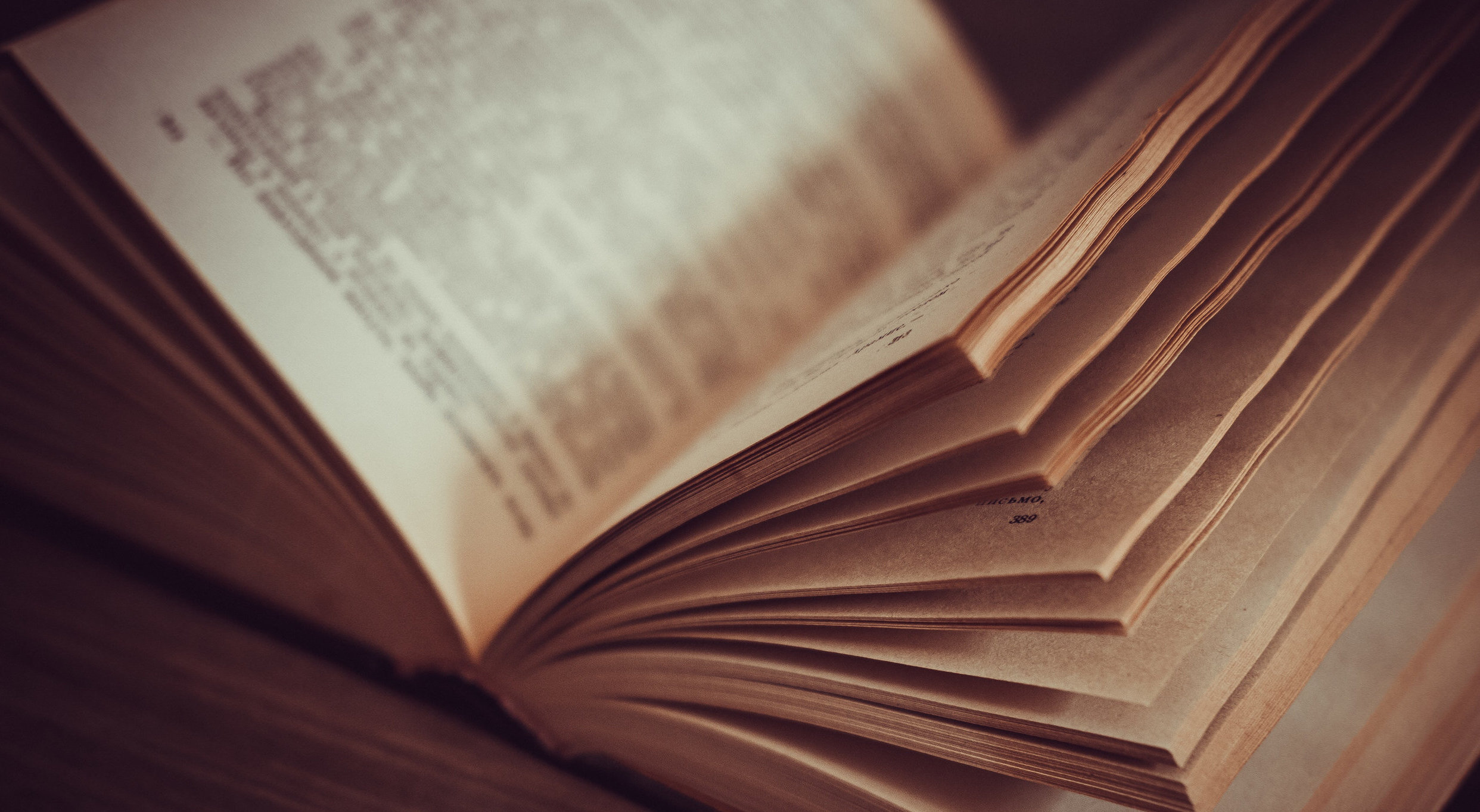List Of Contents
- 0.1 Literary Analysis: A Definition
- 0.2 Historical Context
- 0.3 Themes and Motifs
- 0.4 Character Analysis
- 0.5 Literary Devices and Stylistic Choices
- 0.6 Structure and Form
- 0.7 Modern Day Adaptations and Intertextuality
- 0.8 Personal Interpretations and Reader Response
- 0.9 Challenges in Literary Analysis
- 0.10 The Ever-Evolving Landscape
- 0.11 Conclusion
- 1 Author
From the heart-wrenching tragedies of Shakespeare to the thought-provoking novels of the 21st century, literature has always been a mirror reflecting society’s nuances. But to delve deeper into these written treasures, literary analysis emerges as a crucial tool. Let’s journey into the vast and multifaceted world of literary analysis.
Literary Analysis: A Definition
Literary analysis is the examination, interpretation, and critical evaluation of literary works. Through it, readers seek a deeper understanding of a text, uncovering themes, motifs, character development, and various other literary elements.
Historical Context
Literature doesn’t exist in a vacuum. Understanding the era in which a work was written provides valuable insights into its themes and characters. For example, the social restraints of Victorian England breathe life into the characters of Jane Austen’s novels.
Themes and Motifs
Central ideas or messages conveyed in literary pieces are themes, while motifs are recurring elements that support these themes. For instance, the green light in Fitzgerald’s “The Great Gatsby” serves as a motif symbolizing Gatsby’s unattainable dreams.
Character Analysis
Through literary analysis, characters are dissected to understand their motivations, relationships, development, and roles in the narrative. Is the character a protagonist or antagonist? Static or dynamic? These distinctions help in discerning the underlying message of the text.
Literary Devices and Stylistic Choices
Why did the author choose first-person narration? What is the significance of that particular metaphor? Literary devices, from symbolism to foreshadowing, are instrumental in conveying deeper meanings.
Structure and Form
The way a literary piece is structured – be it a sonnet, a three-act play, or a nonlinear novel – can drastically impact its interpretation. Analyzing this helps in understanding the author’s intent and the work’s overall effect.
Modern Day Adaptations and Intertextuality
In today’s digital age, classic literary works are often adapted into films, series, or other forms. Literary analysis extends to understanding how these adaptations interpret or deviate from the original. Additionally, intertextuality – the relationship between texts – offers another layer of complexity.
Personal Interpretations and Reader Response
Literary analysis isn’t just about understanding the author’s intentions. It’s also about personal interpretations. The reader-response theory posits that each reader’s interpretation is valid, shaped by their unique experiences and perspectives.
Challenges in Literary Analysis
Literary analysis is subjective. While there are established methods and techniques, interpretations can vary. Balancing personal perspectives with scholarly research is often a challenge faced by critics and students alike.
The Ever-Evolving Landscape
With postmodernism, postcolonialism, and various other literary movements, the realm of literary analysis is ever-evolving. Contemporary works present new challenges and avenues for analysis, ensuring that this discipline remains dynamic and relevant.
Conclusion
The world of literary analysis is vast, offering a deeper appreciation and understanding of literature. It’s a dance between the lines of text, where readers, critics, and scholars come together to uncover hidden gems and deeper truths.

